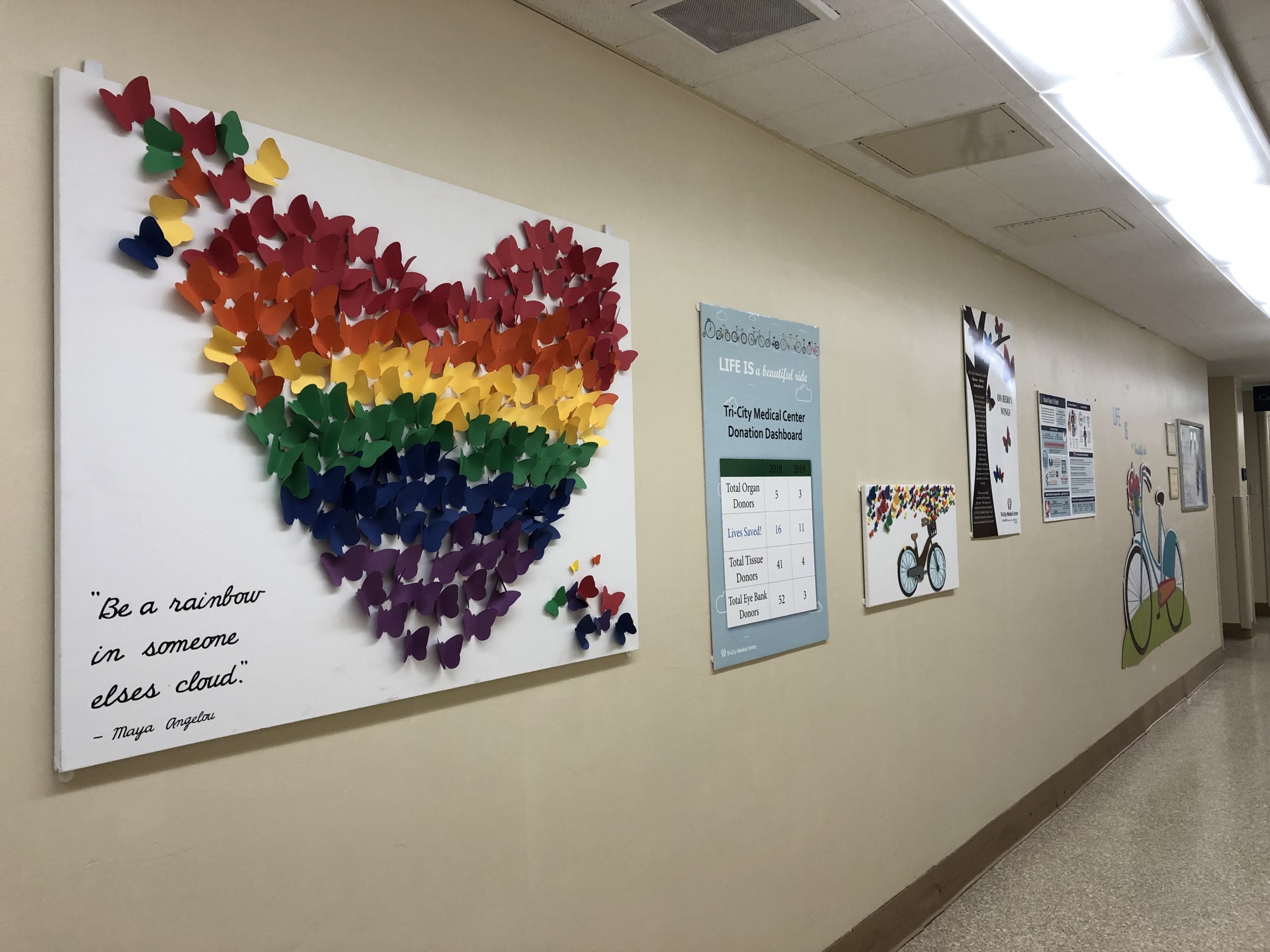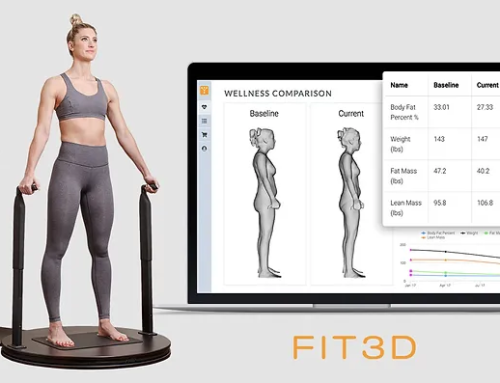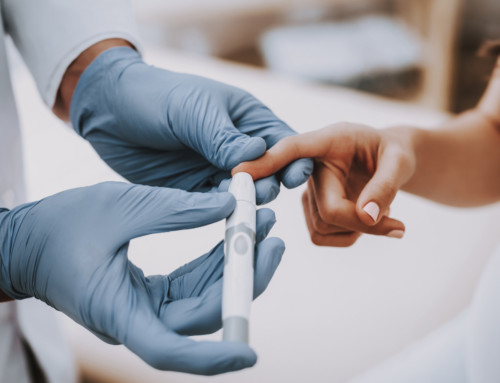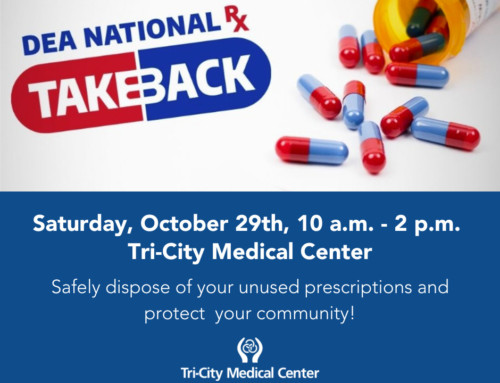
It’s easy to remember that there are 30 days in April, National Donate Life Month, when reciting the nursery rhyme “thirty days hath September, April, June and November...” On each of those 30 days, 150 people are added to the nation’s organ transplant waiting list, one every 10 minutes, according to Donate Life California. That’s 4,500 people just in April and 54,750 for the entire year. Unfortunately, only about 36,000 people receive organ transplants each year in the U.S., leaving many waiting for a match, or sadly dying, because the right organ was not donated in time. Patients and families are often counting the days, if not years, until an organ donation becomes available for transplant.
Organ donations are only possible if a patient dies at a hospital, according to Lifesharing. At Tri-City Medical Center, Frank Corona, MD, FCCP, a board-certified pulmonologist and critical care specialist faces this situation when working in the intensive care unit (ICU). “My role is to inform the family that their loved one has passed or is near death and that organ donation is an option if they wish to pursue it. We call Lifesharing who will come to the hospital, counsel the family and review the medical record to see if a donation is possible. If the family agrees, then we will provide comfort care for the patient to keep the organs healthy until the best possible recipient match is found.”
“It takes an organ donor for somebody to receive an organ,” said Audria Muscara, RN, BSN, an ICU nurse who has been at Tri-City for eight years. “The process can be difficult and emotional for grieving families, but at the same time beautiful as it brings promise and purpose to their loved one’s passing – giving the gift of life to others.”
Families join staff members in an ‘honor walk’ lining the hospital corridors as their loved one is taken to the OR. “It is a way for us to pay our last respects to someone who gave so selflessly and to celebrate the person’s life,” added Muscara.
Statistics from Donate Life show that one person can save eight lives and enhance 75 others through organ, eye and tissue donation. “After each case, Lifesharing will send the hospital a letter to give us a little snapshot of the lives that each organ has helped to save,” said Muscara. “It’s a very special feeling for all of us – doctors, nurses, therapists and others working in the ICU – to read these letters knowing that the patients we cared for made such an impact with this final gift.”
In addition to organ donations and transplants, more than one million tissue transplants are performed each year and the surgical need for tissue continues to rise, according to Donate Life California. Donated tissues include skin, bone, tendons, corneas, veins and heart valves, and may be used for burns and other serious wounds, bone replacements, ligament repairs, surgical repairs, and to restore sight. Approximately 85% of people can be a tissue donor and there is no age limit. For recipients, tissue grafting may help to reduce pain and infection, promote healing, speed recovery, improve their quality of life and even save a life.
Anyone, 13 years of age or older, can register to become an organ or tissue donor simply by checking “YES” on their application or renewal for a driver’s license or ID at the Department of Motor Vehicles (DMV). Now, through Donate Life America’s National Donate Life Living Donor Registry, people between the ages of 18 to 65 years may register to become a living kidney donor and save a life while still alive; they do not need to be biologically related to the recipient. Living donors help to reduce the number of people waiting for a transplant – most of whom are waiting for a kidney (85%). Besides donating a kidney, a living donor can also provide a portion of their liver, lung, pancreas or intestine for another person, as well as tissues such as skin, bone marrow and blood-forming cells (stem cells).
“Organ and tissue donations and transplants have continued during the pandemic, but there are specific criteria and screening measures now in place regarding the virus,” said Dr. Corona. According to the Organ Procurement and Transplantation Network (OPTN), transplantation of organs from donors known to have the virus is not recommended at this time, but this may change as they learn more about the course and treatment of COVID-19. Recipients with a positive or pending COVID-19 test or are suspected of being infected must consult with their medical team, as the National Institutes of Health (NIH) COVID-19 treatment guidelines currently recommend that the transplant be deferred, if possible. Despite the pandemic, organ donations and transplants have continued to increase annually, according to Lifesharing. The research and medical communities continue to learn and update practice protocols to ensure the health and safety for donors and recipients.
During the 30 days of April, as well as the remaining 330 days of the year, take a moment to learn more and register to become an organ donor by visiting Donate Life California.





